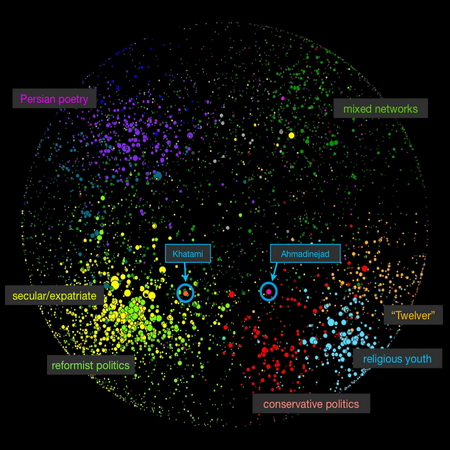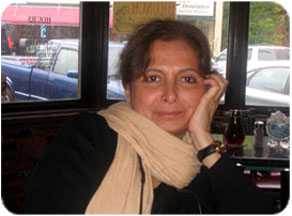Der ehemalige Teheraner Polizeichef Reza Zarei hat im Gefängnis einen Selbstmordversuch unternommen. (So wird es jedenfalls gemeldet.) Zarei war vor einem Monat mit 6 (!) nackten Frauen zusammen erwischt worden. Besonders pikant daran: Der Mann, der hier die Dienste von Prostituierten in Anspruch nahm, war verantwortlich für die Tugendterror-Kampagne unter dem Präsidenten Machmud Achmadinedschad im letzten Jahr, über die ich verschiedentlich berichtet habe.
Diese unglaubliche Geschichte – sie erinnert ein wenig an die republikanischen Politiker in Amerika, die als schwul geoutet wurden oder außereheliche Affären einräumen mußten – wirft eine kniffelige Frage auf, die spezifisch iranisch ist: Wie erkennt man eigentlich in einem Land mit Zwangsverschleierung eine Prostituierte?
Die Antwort liefert freundlicherweise ein Artikel in Slate: Die meisten Prostituierten finden sich in Ghom, der theologischen Hauptstadt Irans mit ihren vielen Seminaren und Moscheen. Das Publikum besteht in starkem Maß aus Pilgern und den Theologie-Studenten der dortigen Seminare. Man erkennt die Frauen daran, daß sie sich an bestimmten Orten aufhalten. Zuhälter ermöglichen es, trotz Schleiergebot einen Blick auf die Frau werfen zu können. Zwar sind die Strafen für Prostitution hoch – von Peitschenhieben bis zur Exekution. Doch es gibt auch ein theologisches Konstrukt – die Ehe auf Zeit, genannt Sigheh (kann auch für eine halbe Stunde eingegangen werden) – , das die Prostitution (schiitisch-)islamisch korrekt absegnet. Viele der jungen Frauen sind Junkies und Ausreißerinnen, die am Ende eines verzweifelten Weges in der Prostituion landen.
Blog
Jörg Lau
Ein Blog über Religion und Politik




